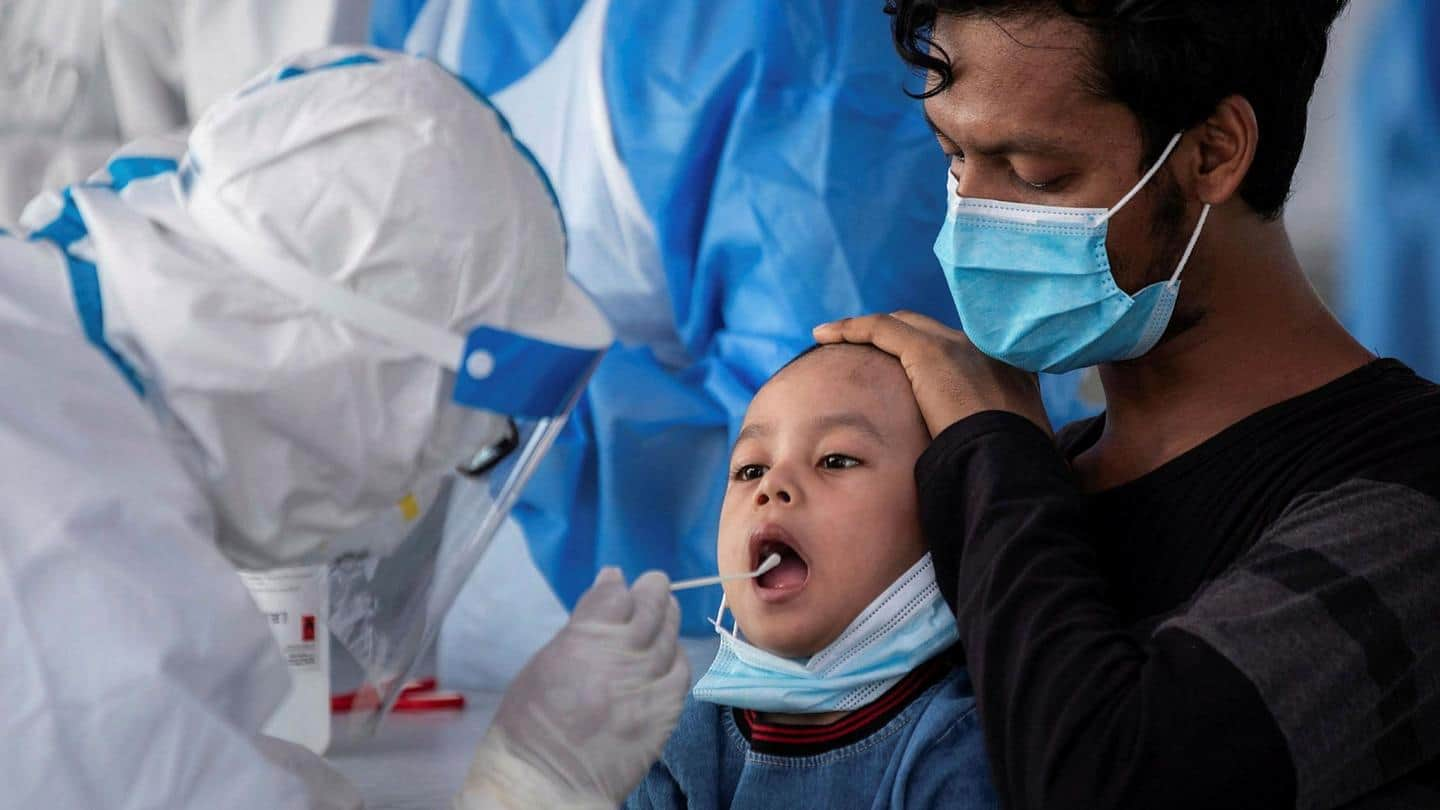
COVID-19 in children: Symptoms, treatment and everything you should know
What's the story
While earlier it was believed that kids and young adults were at a lesser risk of severe COVID-19 infections, with newer variants on the rise, there has been a steep increase in infections among children. It has also been observed that the symptom profile is slightly different in kids, and post recovery, they are susceptible to severe inflammatory disorders. Here's everything we know.
Infant risk
Infants are at a higher risk than older children
Since the last year, it has been observed that infants under one year are at a higher risk of COVID-19, owing to their immature immune system and smaller airways. As the main source of infection in babies are their caregivers, it is extremely important to sanitize hands and wear masks, when caring for a newborn. Limiting visitors is another way to reduce further exposure.
Symptoms
Look out: Fever and cough are the most common symptoms
If your child is running a high temperature with a persistent cough, it is advisable to get them tested for COVID-19. As observed thus far, fever with chills and dry cough are the most common symptoms exhibited by children and young adults. Other symptoms to look out for are nasal congestion, abdominal pain, vomiting, skin rashes, loss of smell, poor appetite and breathing difficulty.
Post recovery
Parents should stay alert even after a negative RT-PCR report
It's important to stay alert even after your ward has tested COVID-19 negative and defeated the virus. That is because, Multi-system Inflammatory Syndrome in Children (MIS-C), a disorder that causes inflammation of the heart, lungs and kidneys, is being commonly reported in children post-recovery. Its common symptoms include redness of eyes, enlarged neck nodes and rashes a few weeks post-testing negative.
Treatment
Treating the symptoms is the approach that's been followed
While the current vaccination drive in India is aimed at inoculating every one above the age of 18, clinical trials for young children are still underway and treating the symptoms is the only approach that's been followed in children as of now. Furthermore, keeping kids at home may be a hard task, but in the current times, it is the safest option to follow.